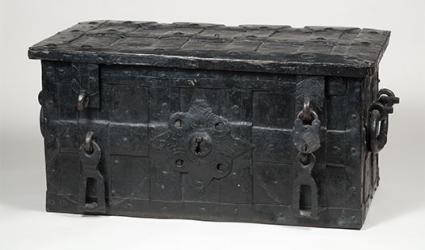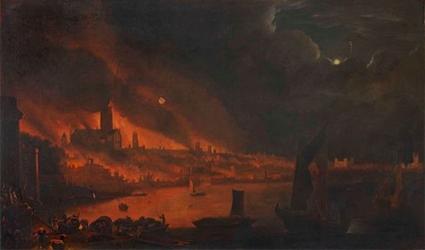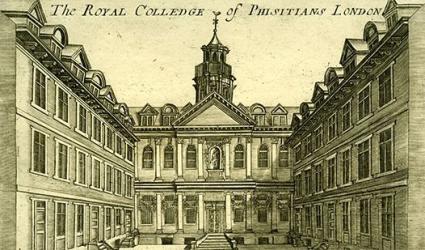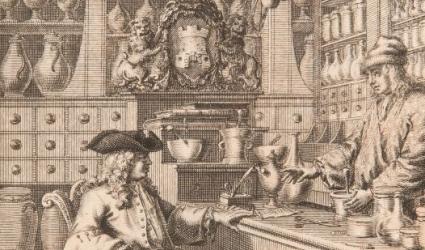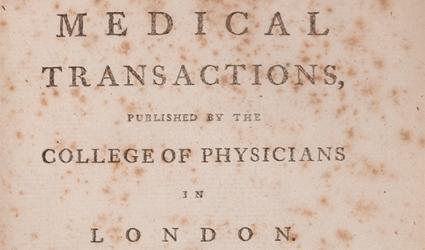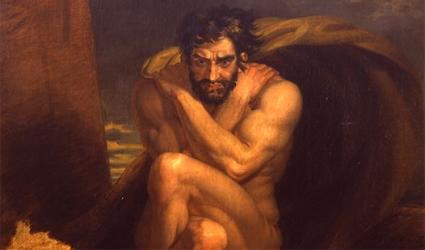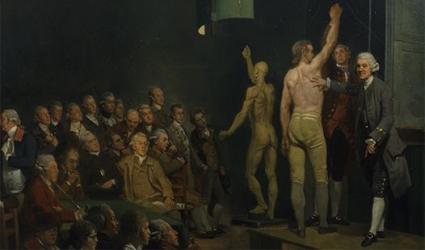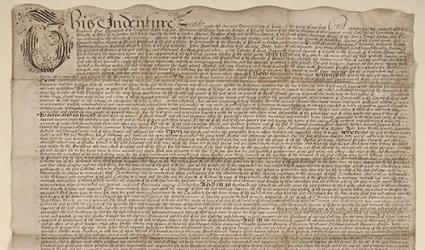
New College traditions and roles are established
The College library, the library keeper (Harveian librarian) and an annual dinner and speech (Harveian oration) are established by the Burmarsh Trust. This is a generous settlement of part of the family estate of William Harvey, given by him to the College, to fund the library and annual dinner.

